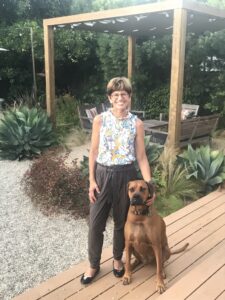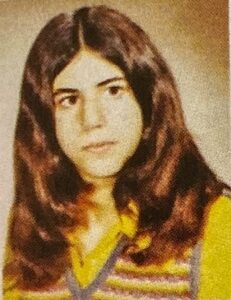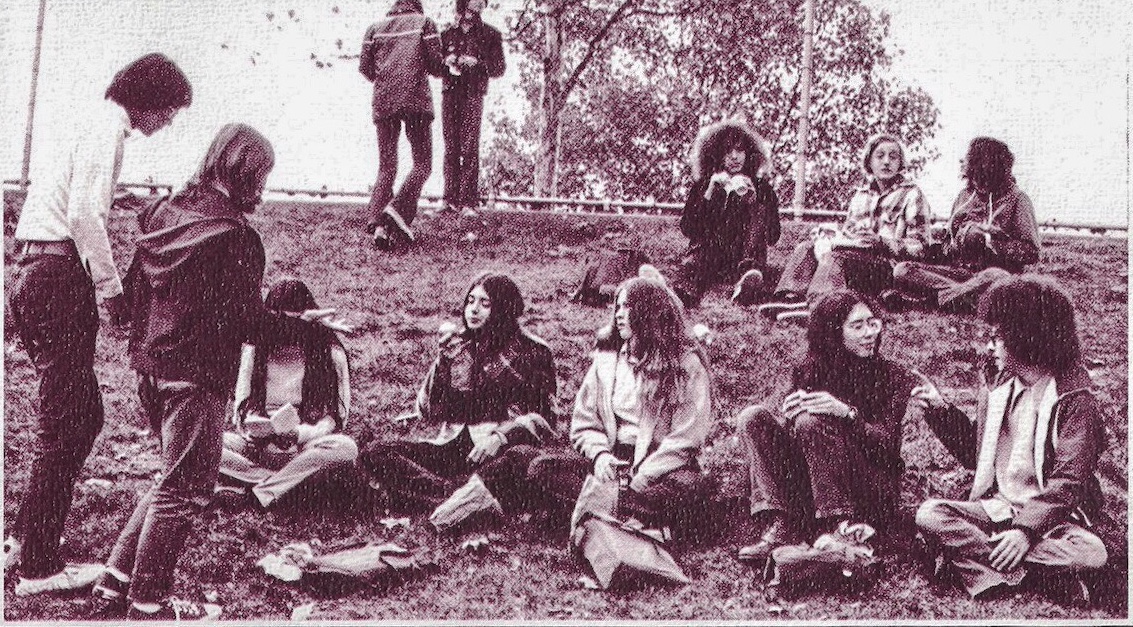While some people have purged their bookshelves during the pandemic, Amy Schaefer Martinez recently acquired a volume that others might have relegated to the trash heap: her high school yearbook.
This was not a first edition of Observatory from 1973 – the year that Martinez graduated from The Bronx High School of Science – but a reproduction purchased through Classmates.com. It’s a social media company that, among other things, creates digital replicas of yearbooks acquired on the secondary market, and sells them to those who have been separated from their own copies as life intervened.
Martinez, a research audiologist on the faculty of the University of Southern California, lost possession of hers at least a decade ago through a tangled confluence of events. Following a discussion about a favorite math teacher, Martinez took the book to an old friend’s house as a visual aid. Then, through an oversight, she left it behind. The friend subsequently divorced and moved out, her husband stayed in their New York apartment and, Martinez assumes, the yearbook is somewhere in the detritus.

Martinez at home in California, with her dog Clifford.
None of that mattered much until the pandemic. While furloughed from her job and socially isolating, she became part of a weekly Zoom call with three classmates, whom she didn’t know in the early 1970s but met through Facebook connections. These 60-somethings talk mostly about recent events in their lives. But to follow the fleeting mentions of high school crushes and other reminiscences, Martinez needed the yearbook to attach names to faces.
Contacting the ex of her childhood pal seemed too awkward, and the Bronx Science alumni office couldn’t help; with schools closed due to Covid-19, they had no access to the volume, which goes back almost half a century. But an e-mail pitch from Classmates.com offered an alternative: For about $100 Martinez could purchase what she assumed would be, in retread parlance, a “pre-owned” copy.
When it arrived, in mid-July, Martinez discovered it was not actually a secondhand copy but a reprint of a classmate’s yearbook that had been scanned. Inscriptions to the owner indicated he was named Mark, planned to attend Syracuse University and had been an avid photographer during high school. As a member of the Facebook group where Martinez shared this story (we were classmates but didn’t know each other back then), I was intrigued.
It didn’t take much sleuth work to locate the owner. Tucked into my own copy of the yearbook was a list indicating where nearly all 888 of us planned to attend college. There were two Marks bound for Syracuse. One of them, whom I remembered from high school, was my Facebook friend. Gingerly, I sent him a private message describing the latest development and asking, “By any chance, could that have been you?”
“The yearbook that Classmates.com has digitized is indeed mine,” replied Mark Grand two hours later. A software architect now living in Atlanta, he imagined that his old yearbook would be made available online, but had no idea that it was being offered as a reprint. Though it “seems a more intimate connection with a book than with a screen,” Grand said in a telephone interview, he has no objection. “There wasn’t anything in there that seemed all that personal.” Classmates.com paid him $50 to borrow it and provided him with a postage-paid mailer for the book, which he recalls sending to them (and getting back promptly) sometime between 2010 and 2012.
Though several classmates expressed curiosity about who owns the copyright to our yearbook, this particular volume is in the public domain, says Carol Simpson, a copyright lawyer, former librarian and author of Copyright for Schools: A Practical Guide. That’s because there’s not a copyright notice – the letter “c” with a circle around it – anywhere in the book. This requirement, which proved troublesome in various contexts, was scrapped with a 1989 change in the copyright law. Works published after March 1 of that year are protected whether or not they appear with a copyright notice. But since our yearbook was published long before that, in 1973, “Classmates.com has the ability to reproduce anything it wants,” Simpson says.
Shortly after the company scanned Grand’s yearbook, Donna Slawsky, another 1973 graduate, bought what she now realizes is the same reprint Martinez purchased about eight years later. Slawsky, a data librarian and singer turned mosaic artist in Bradenton, Florida, says she misplaced her own copy through many moves during her 20s and 30s. “I ordered it because I wanted to see my friends from high school, and was starting to connect with some on Facebook,” she said in an e-mail. “Also, there’s a photo of me singing in the drama room that I wanted to see again.”

Amy Schaefer’s yearbook photo.
For her part, Martinez isn’t nostalgic about her days at Bronx Science – something she and I have in common with Grand. But looking at the yearbook photos sparked recollections “of the gestalt of the school,” Martinez says. One kitschy shot, of long-haired students in jeans, lounging on a grassy patch above the schoolyard wall, was worth the price of the reprint, she adds. It captured “my strongest memory of high school – before class or at lunch, if you didn’t eat inside – sitting on that wall on the grass.”
Inscriptions from her own yearbook remain a missing piece of the puzzle – Martinez doesn’t recall who signed it. In response to a whimsical post on our class Facebook page, asking members to “virtually” sign the reprint, Lenore Shustak Sherman sent a scan of what 16-year-old Amy Schaefer had written to her those many years ago. “I think we’ve shared something special,” she emoted, in loopy cursive reminiscent of a period penmanship exercise. “There will always be a part of you in me.”
Such inscriptions, by someone who went on to attain great fame, can make a yearbook collectible. For example, one signed by Kobe Bryant, the former Los Angeles Lakers basketball player, reportedly sold for $30,000 in March during an online sale at Iconic Auctions. Bryant’s inscription was prescient. “How ’bout those Lakers?” he wrote in the 1992 yearbook of Bala Cynwyd Middle School in Pennsylvania. Four years later he was chosen by the Lakers during the National Basketball Association Draft.
For all the rest of us, it costs about $100 to recapture the record of a more youthful, but not necessarily happier, time. “I feel like I missed out on great people,” says Martinez, who became friends, thanks to Facebook, with classmates whom she didn’t know in high school. “But maybe we weren’t as great then as we are now.”
Deborah L. Jacobs, a lawyer and journalist, is the author of Four Seasons in a Day: Travel, Transitions and Letting Go of the Place We Call Home and Estate Planning Smarts: A Practical, User-Friendly, Action-Oriented Guide. Follow her on Twitter at @djworking and join her on Facebook here. You can subscribe to future blog posts by using the sign-up box on her website’s homepage.
RELATED POSTS
How One Couple Makes Harmony in the Time of Covid
 A decades-old high school yearbook renewed interest in life during what now seems like an easier time.
A decades-old high school yearbook renewed interest in life during what now seems like an easier time.
Looks like a community theater production of “Hair.” Great article Deborah!